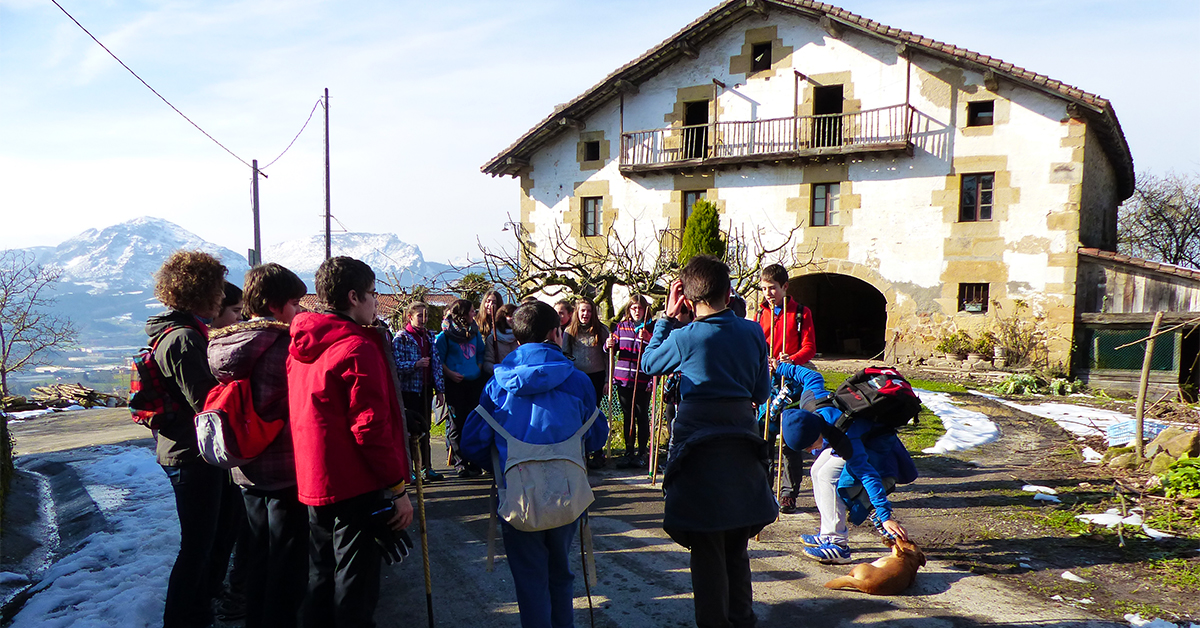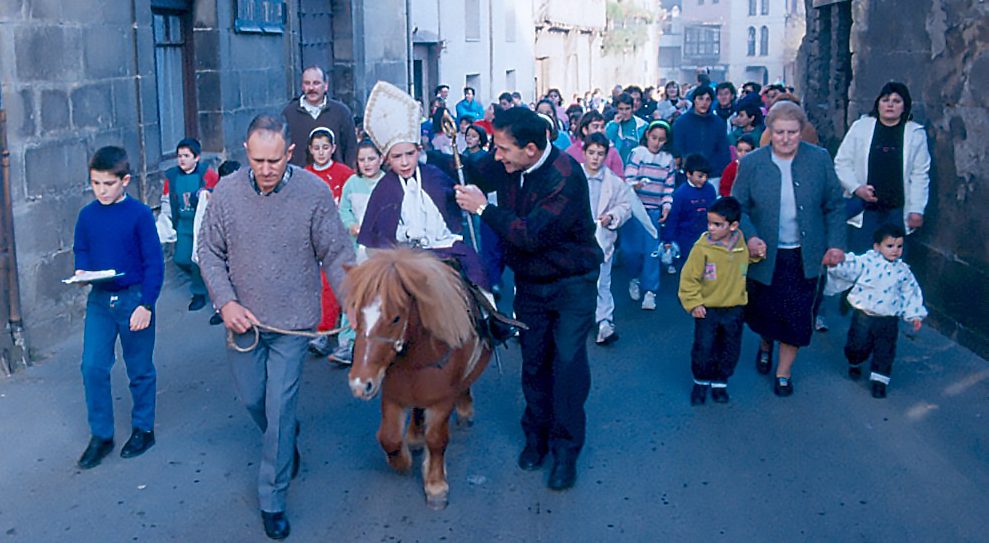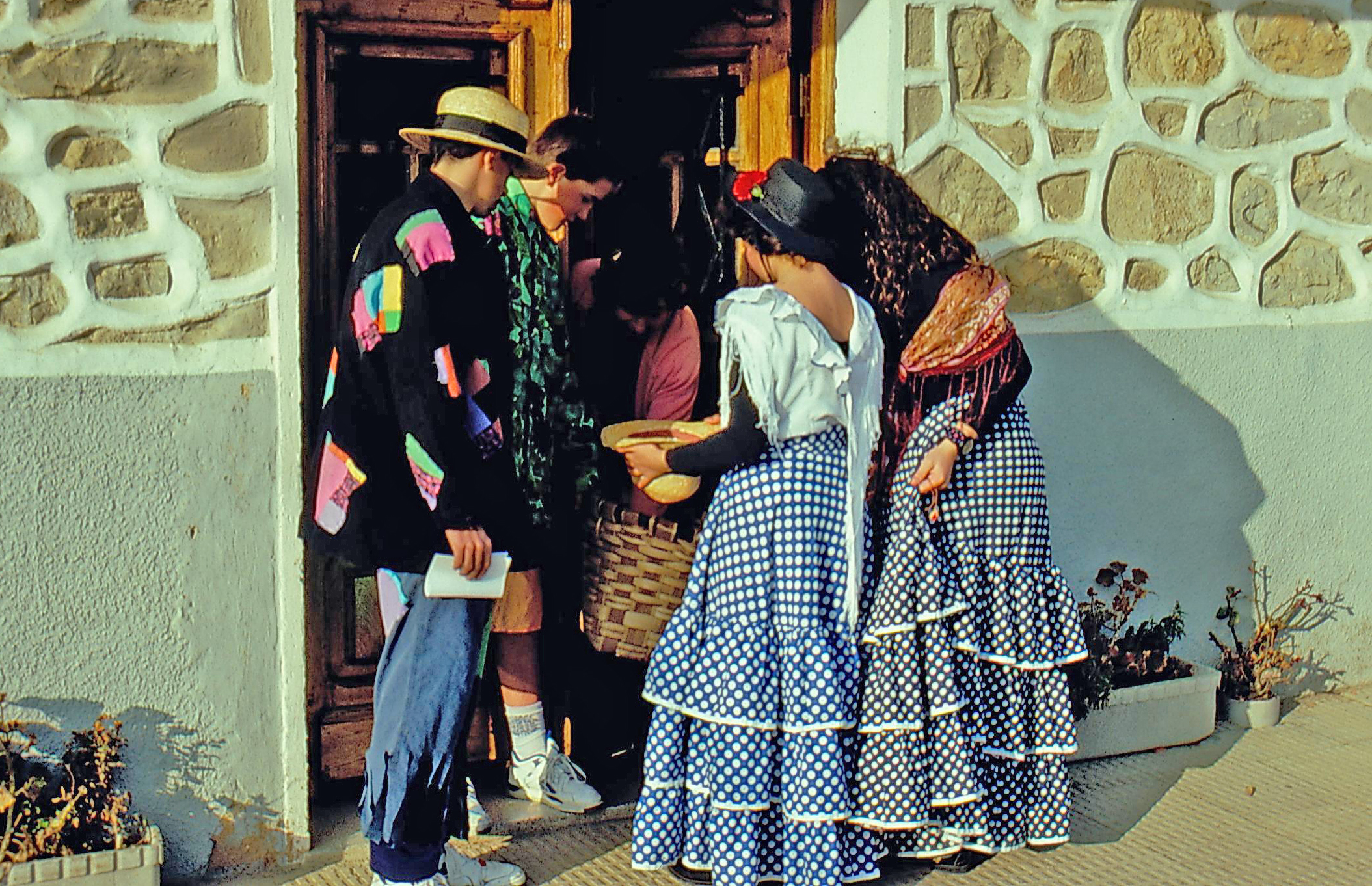Archives
Eguen Zuri —literally, ‘Festive Thursday’— refers to the Thursday before Shrove Sunday, in other words, the Thursday after the so-called Basaratoste. These two celebrations mark the beginning of the carnival cycle in Bizkaia.
The mentioned ritual outing to the woods known as Basaratoste [See a previous post titled Txitxiburruntzi, Sasikoipetsu, Basaratuste, Kanporamartxo. Gearing up for carnival], among other denominations, would be widely welcomed across large areas of Bizkaia. The feast of Eguen Zuri, is limited to the surroundings of Durango, Mount Oiz and Arrankudiaga. According to Resurrección M.ª de Azkue, north of Mount Oiz the observance vanished by the beginning of the 20th century. In and around Durango, however, it experienced different realities: some localities have maintained it without interruption until the present day, a handful of them lost it forever, and others recovered it with restored fervour in the 1980s after some years of oblivion. (more…)

Labayru Fundazioa Photographic Archive.
April and May are particularly favourable months of the year to ensure the protection of the flourishing cultivated fields and the benefits of moderate rainfall, a time marked by a set of customs associated to lopped festive trees or poplars being erected in squares and higher grounds (a practice which often extends to St John’s or patron saint festivities), the vegetable figuration of maypoles, or mayos, in human or puppet form, the curious designation or election of virginal May queens, called mayas, or the singular marriage between juvenile May kings and queens. (more…)
Asking for alms is still a popular practice in the winter calendar across the length and breadth of the country, Christmas and Carnival being the main festive cycles celebrated during the season.
Groups of youth march the streets singing traditional songs and collecting alms at both annual festivals. Each occasion features its own repertoire, though themes might sometimes coincide, as verses are addressed to the landlord, the landlady, or other members of the household. (more…)
In a good many localities, both in the northern and southern Basque Country, carnival started on Fat Thursday, that is, the Thursday immediately preceding Lent. Such day was known by different names in Spanish, jueves de lardero being one of them. The feast was mainly enjoyed by school-age children. In Zigoitia (Álava) it was traditionally celebrated on the last Thursday in January. (more…)






